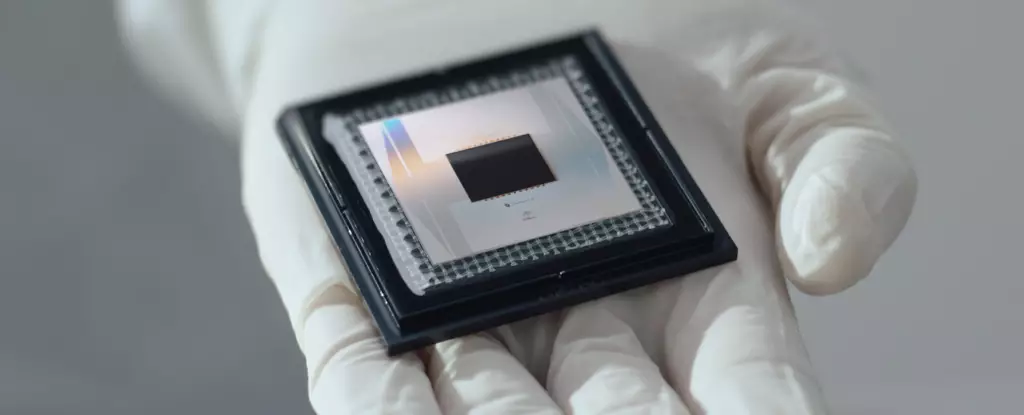Quantum computing stands on the precipice of revolutionizing technology, promising advancements that classical computing cannot deliver. Yet, despite significant strides in the field, the practical application of quantum computers remains inconsistent due to the inherent instability of qubits, the vital units of quantum information. Traditionally, qubits exhibit a high susceptibility to errors, creating numerous obstacles in the quest for viable quantum systems. Google’s latest innovation, the Willow quantum chip, targets these challenges with remarkable improvements in error handling and qubit stability.
Understanding Qubits and Their Challenges
At the core of quantum computing are qubits, which differ fundamentally from classical bits. While classical bits can exist as either 0 or 1, qubits possess the unique ability to exist in multiple states simultaneously—this phenomenon is known as superposition. This characteristic enables quantum computers to perform complex calculations at speeds unattainable by their classical counterparts. However, the delicate nature of qubits makes them prone to interference from their environment, leading to rapid error rates that have historically hindered the field. Current systems can achieve approximately 99.9 percent reliability; however, real-world applications demand error rates closer to one in a trillion for practical usability.
Google’s Willow chip marks a pivotal development in the management of qubit errors. By maintaining a logical qubit’s stability for up to an hour without error—a substantial improvement over previous iterations that failed every few seconds—Willow illustrates the potential of quantum error correction techniques. Researchers Michael Newman and Kevin Satzinger explain that their approach utilizes multiple physical qubits to encode a single logical qubit. This redundancy is crucial, as it allows systems to correct errors much quicker than they occur.
Under the architecture of the Willow chip, an impressive 105 physical qubits work cohesively. The research indicates that increasing the number of physical qubits in use—from configurations like 3×3 to 7×7—significantly reduces the error rate exponentially. The implications of this are profound, as it not only improves stability but also lays the groundwork for scalable quantum operations.
The field of quantum error correction has faced challenges since its inception in the mid-1990s. While initial concepts introduced the promise of encoding logical qubits across physical qubits, practical implementations struggled with achieving the desired error suppression. Willow signals a notable shift in that narrative, showcasing the potential for a systematic, scalable approach to quantum error correction.
Newman and Satzinger assert that the success observed with the Willow chip reflects nearly three decades worth of aspirations in the quantum computing arena. Their achievement signals progress toward realizing widespread quantum computing applications, moving the field closer to its long-held ambitions.
Beyond stabilizing qubits, Google claims that Willow can accomplish a specific quantum task in a mere five minutes— a process that would require an astonishing 10 septillion years for the fastest classical supercomputers. While this task is tailored explicitly for quantum capabilities, it provides a glimpse into the sheer power harnessed by quantum computers when stability and efficiency are sufficiently addressed.
The ongoing challenge remains to bridge the gap between current error rates and those necessary for everyday quantum processing. Improved hardware, an increase in the number of qubits, and refined algorithms are critical to usher in the next era of quantum computing. Although error rates may be on the path to decreasing, researchers acknowledge the substantial journey ahead before fully functional quantum systems become a mainstream reality.
Google’s Willow chip exemplifies a significant advancement in the realm of quantum computing, particularly in its approach to error management and qubit stabilization. While formidable challenges persist, initiatives like Willow illuminate the path toward making quantum computing a practical, everyday technology. The ongoing development is a testament to the fusion of creativity, science, and engineering—a triad essential for realizing the potential that quantum computing holds in redefining our technological landscape. As the field progresses, the dream of robust, scalable quantum systems remains on the horizon, promising innovations that could forever alter the course of computing.


Leave a Reply